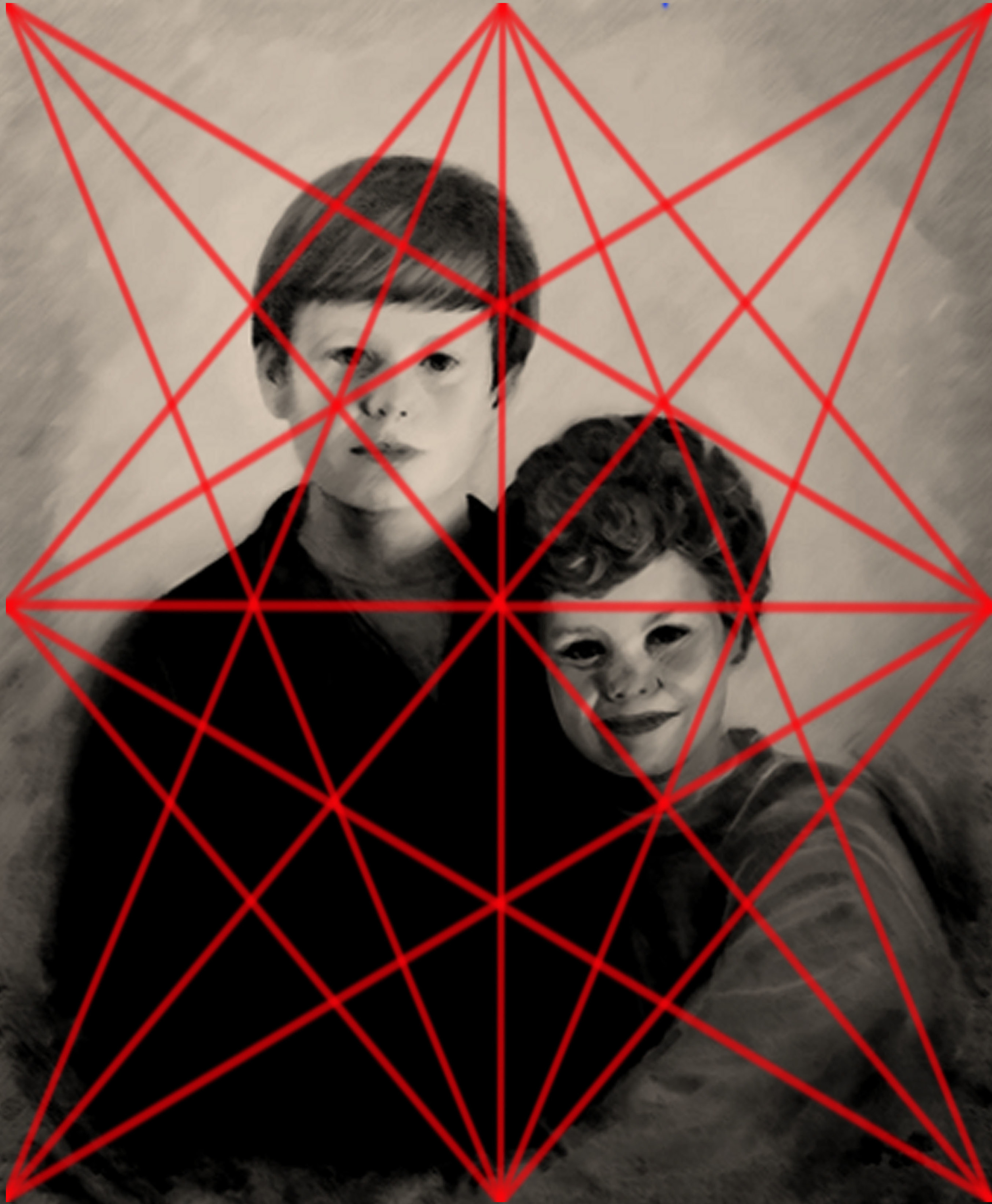St Andrews is one of my favourite towns in the coast of Fife and there, we spent a wonderful weekend. With my beloved parents, my wife and my son in such a splendid location I could want nothing else.
The static caravan where we stayed was high above the beach in the outskirts of the town, overlooking the Old Harbour. From this vantage point in our sitting-room we were delighted with wonderful views of the ancient cathedral and the coast further away across the water.
After a nice stroll down the beach with my parents and my little son, I began a quick oil sketch during the Friday evening so I was able to sketch the main landmarks. The summer light in these Northern places is wonderful for painting outdoors. Even as late as 9 pm one can see clearly outside… but the wind is another story. It could have blown my canvas away with me included!
It would have been impossible to paint sitting outside with the gales reaching almost 50 mph. Behind the glass I was sheltered. So technically I was not painting “en plein air” as I had hoped. Saturday was sunny but the winds had worsened so again I had to complete my painting indoors, having to steady my hand a few times to counter act the shaking effect that the wind had on our not-so-static dwelling!
Calmer weather finally arrived on Sunday. The commanding wind had relaxed and turned into a gentle breeze, quite refreshing actually, so we ventured out; my painting was finished. Looking at it now, as the paint dries, reminds me how fortunate I am to have so much love and splendour around me. Love and beauty, truly gifts from God.











